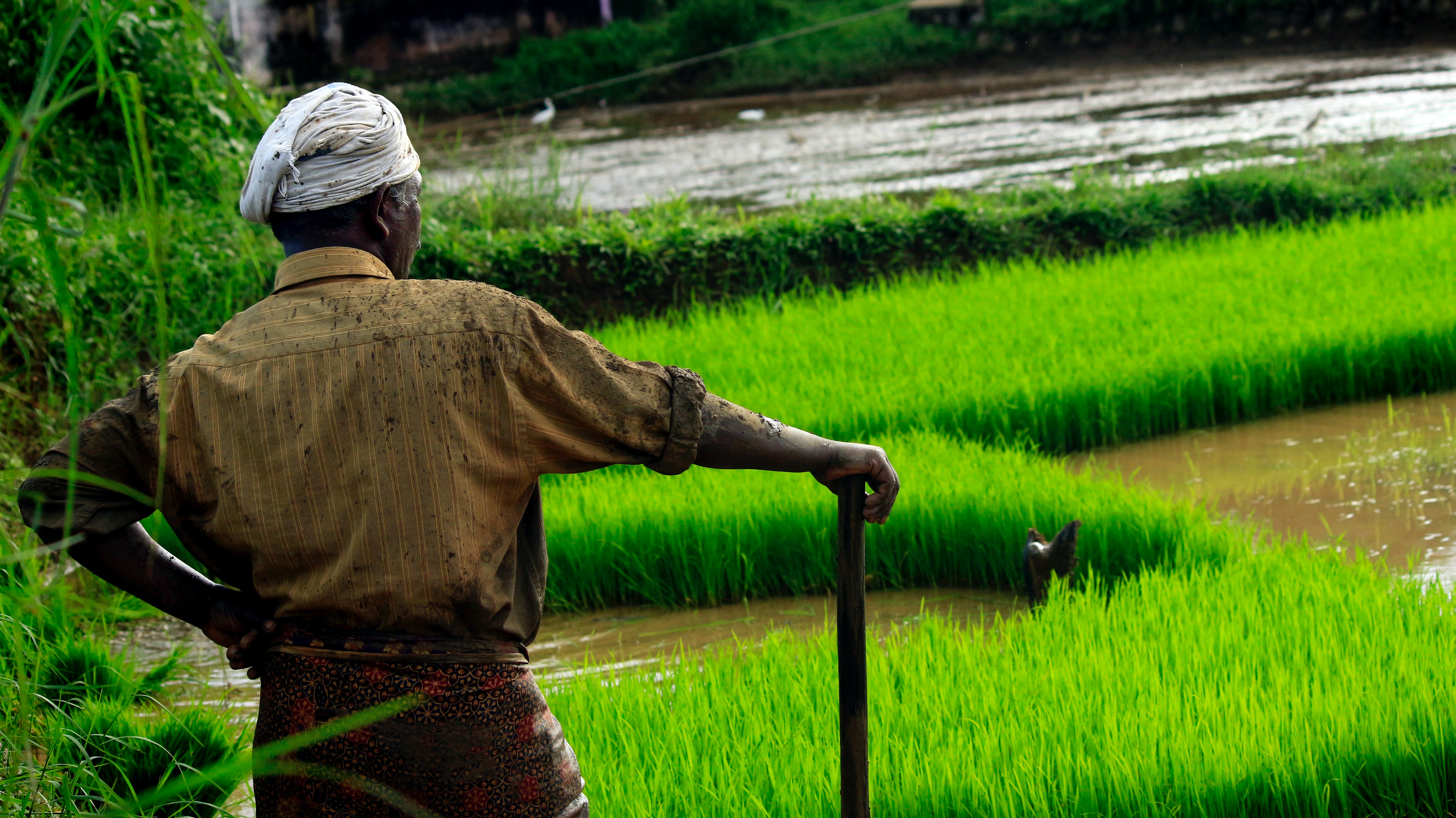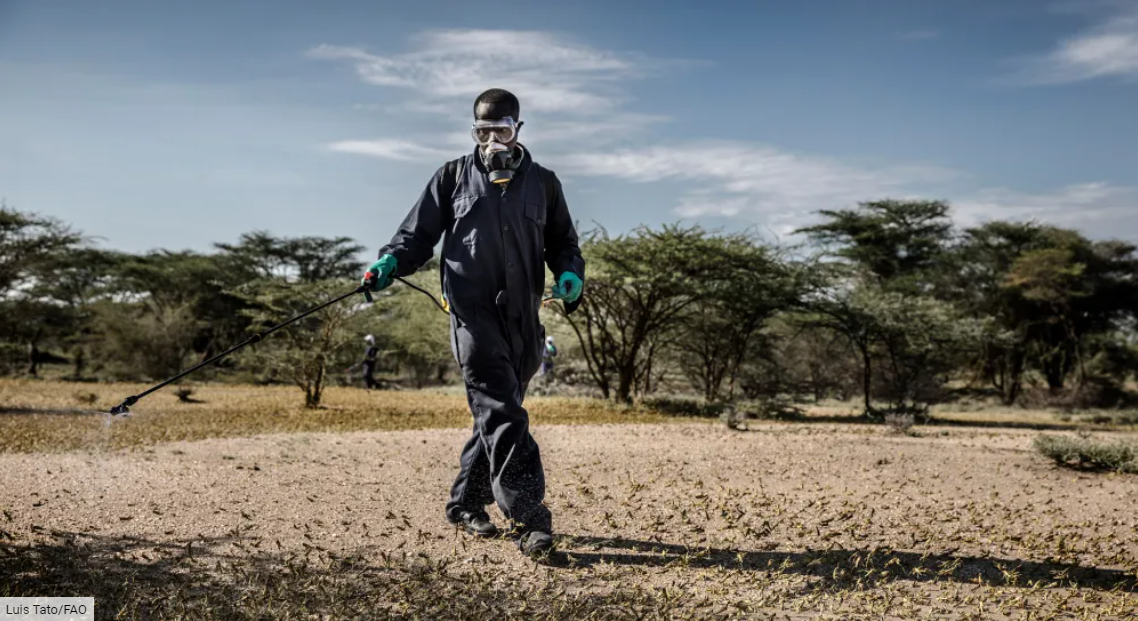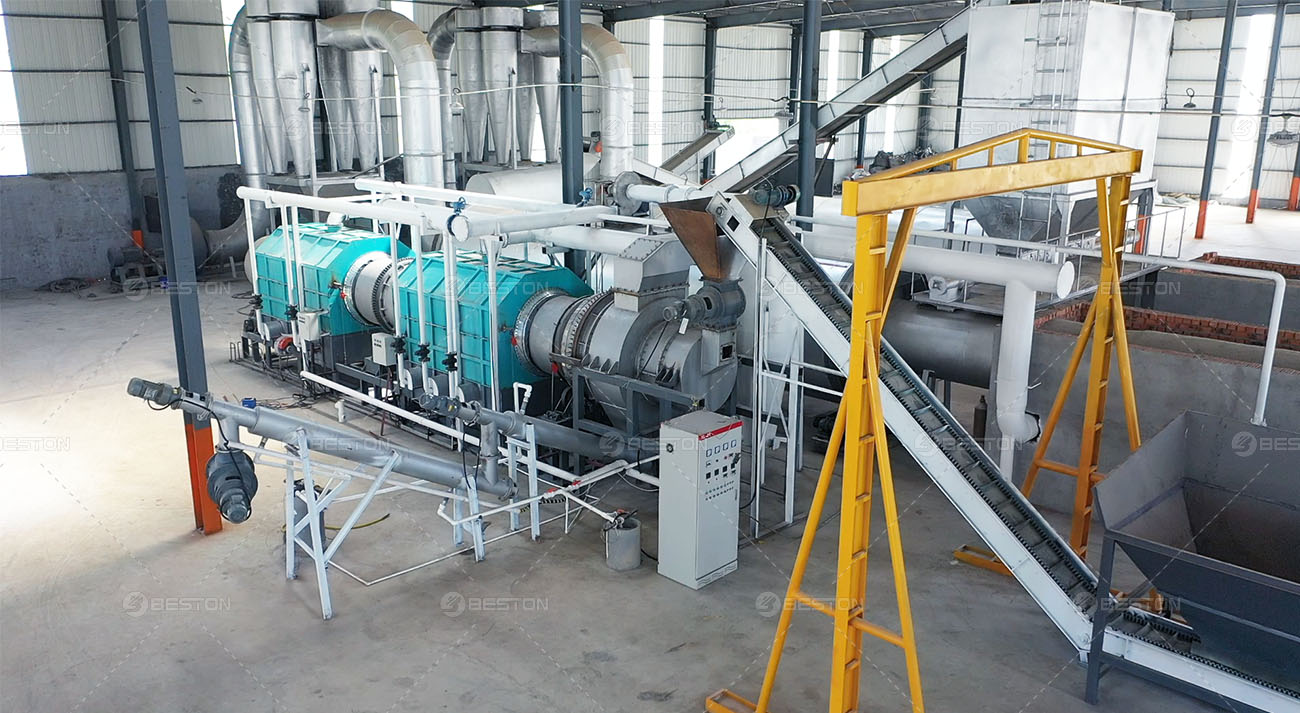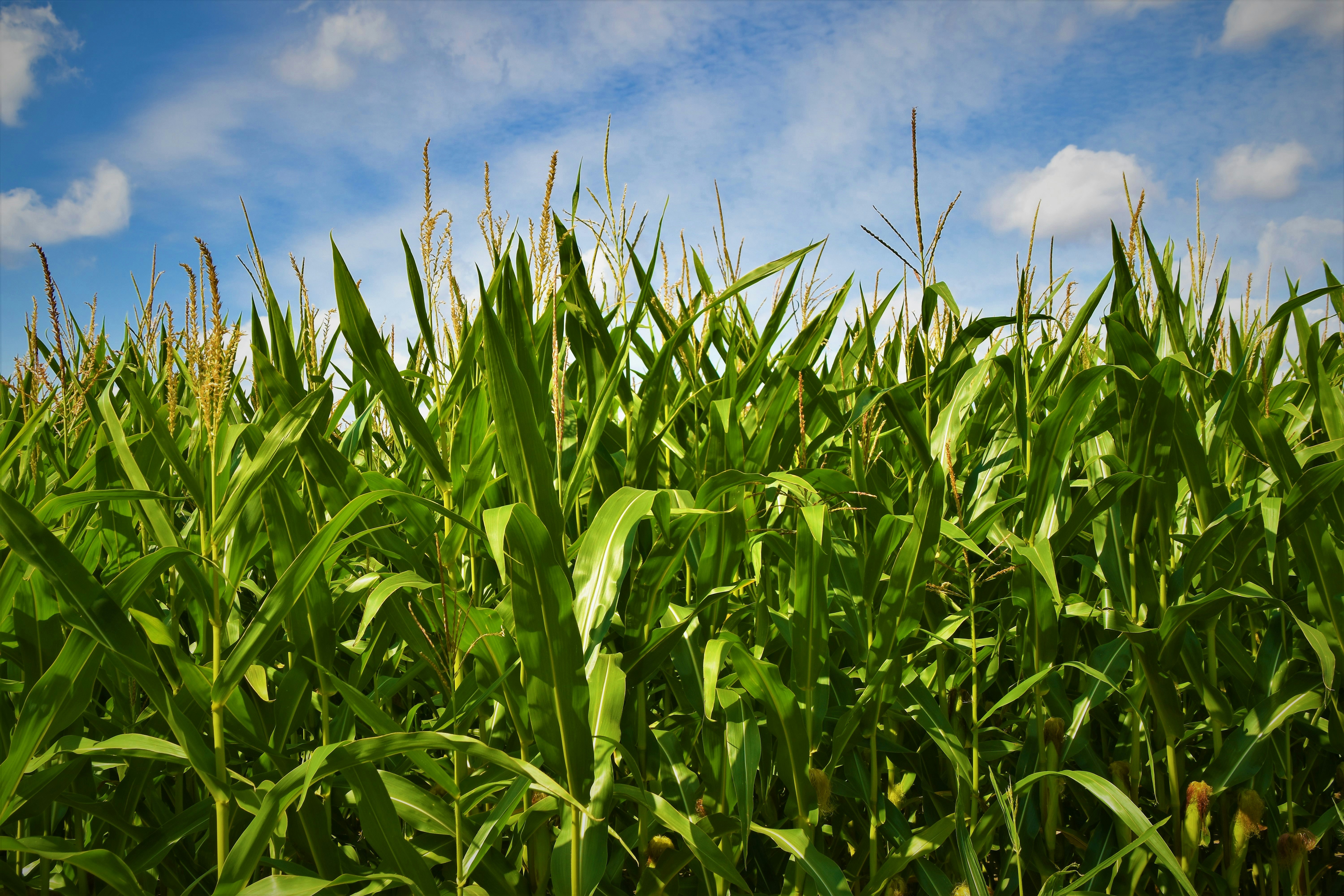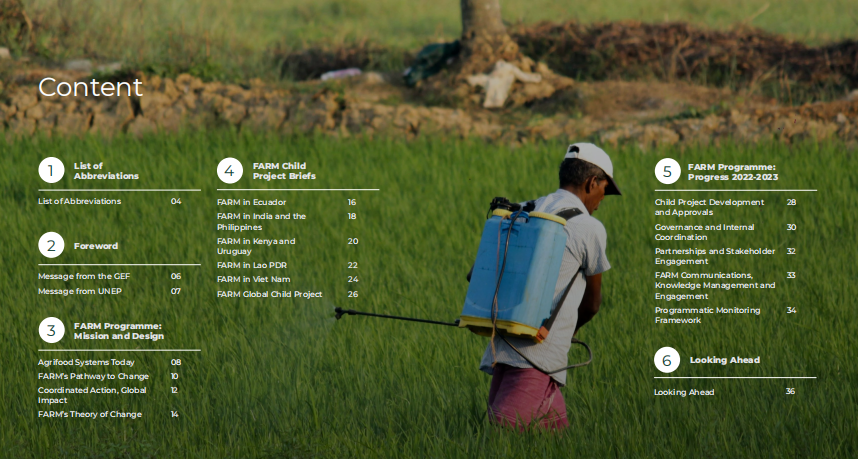Biochar Production: A Closed Loop Sustainable Agriculture Value Chain
In the quest for sustainable agriculture, biochar production has emerged as a pivotal component of a closed loop value chain. This process not only addresses waste management and soil fertility but also contributes significantly to environmental stewardship and resource efficiency. By integrating biochar production into agricultural practices, we can enhance soil health, reduce waste, and promote a more sustainable agricultural ecosystem.
- The Concept of Closed Loop Agriculture
Closed loop agriculture refers to a system where resources are continuously recycled within the agricultural process. This model minimizes waste, maximizes resource use, and reduces the reliance on external inputs. Biochar production plays a crucial role in this system by converting organic waste into a valuable soil amendment that can enhance agricultural productivity.
In a closed loop value chain, organic residues from agricultural activities, such as crop residues, animal manure, and food processing waste, are redirected into biochar production processes. The resulting biochar is then reintroduced into the soil, closing the loop by returning nutrients and carbon to the agricultural system.
- The Biochar Production Process
Biochar production involves the pyrolysis of organic material at high temperatures in the absence of oxygen. This thermochemical process decomposes the organic matter into three primary byproducts: biochar, syngas, and bio-oil. The biochar, a stable form of carbon, is the primary product of interest for sustainable agriculture.
Feedstock Selection
The selection of feedstock is critical to the efficiency and effectiveness of biochar production. Various organic materials can serve as feedstocks, including:
1. Agricultural Residues: Crop residues such as straw, corn stover, and rice hulls.
2. Animal Manure: Waste from livestock, including poultry litter and cow dung.
3. Food Processing Waste: Organic byproducts from food production, such as fruit peels and vegetable scraps.
Each type of feedstock has unique properties that influence the characteristics of the resulting biochar. For instance, rice hulls yield biochar with high silica content, while wood chips produce biochar with a high carbon content.
Pyrolysis Process
The pyrolysis process involves heating the selected feedstock to temperatures typically ranging from 350°C to 700°C in a controlled, oxygen-free environment. This process decomposes the organic material into volatile gases, liquid bio-oil, and solid biochar.
https://bestonmachinery.com/biochar-production-equipment/reactor/
The temperature and duration of pyrolysis significantly affect the quality of biochar. Lower temperatures and shorter pyrolysis times generally result in biochar with higher volatile content and lower carbon stability. Conversely, higher temperatures and extended pyrolysis times produce more stable biochar with increased carbon sequestration potential.
Biochar Application
Once produced, biochar is ready for application in agricultural settings. The primary application is as a soil amendment, where it improves soil structure, water retention, and nutrient availability. Biochar also contributes to carbon sequestration, as its stable carbon structure remains intact in the soil for extended periods, reducing atmospheric CO2 levels.
Biochar can be applied to soil in various forms, including:
Incorporated into Soil: Mixing biochar into the soil to enhance its properties.
1. Surface Application: Spreading biochar on the soil surface to improve soil health and reduce erosion.
2. Compost Enrichment: Adding biochar to compost to enhance its nutrient content and microbial activity.
- Benefits of Biochar Production in Closed Loop Agriculture
Waste Management
Biochar production provides an effective means of managing organic waste. By converting agricultural residues, animal manure, and food processing waste into biochar, the volume of waste that would otherwise be discarded or landfilled is significantly reduced. This process helps mitigate the environmental impact of waste disposal and promotes a circular economy.
Soil Health and Fertility
The application of biochar to soil enhances its physical and chemical properties. Biochar improves soil structure, which increases aeration and reduces compaction. This leads to better root growth and improved water retention. Additionally, biochar acts as a reservoir for nutrients, making them more available to plants and reducing the need for synthetic fertilizers.
Carbon Sequestration
One of the most significant benefits of biochar production is its role in carbon sequestration. Biochar's stable carbon structure means that the carbon sequestered in biochar remains in the soil for hundreds to thousands of years. This helps offset greenhouse gas emissions and contributes to climate change mitigation.
Resource Efficiency
Biochar production promotes resource efficiency by utilizing organic waste that would otherwise be discarded. The process recycles nutrients and organic matter back into the agricultural system, reducing the need for external inputs and enhancing the overall sustainability of agricultural practices.
- Integrating Biochar Production into Agricultural Practices
Successful integration of biochar production into agricultural practices requires careful consideration of several factors:
Feedstock Availability
The availability and quality of feedstock are crucial for efficient biochar production. Farmers and agricultural operations must assess the types and quantities of organic waste they generate and determine the most suitable feedstocks for biochar production.
Pyrolysis Technology
Choosing the appropriate pyrolysis technology is essential for optimizing biochar production. Various pyrolysis systems are available, ranging from small-scale batch units to large-scale continuous systems. The choice of technology depends on factors such as feedstock type, production scale, and desired biochar properties.
https://bestonmachinery.com/biomass-pyrolysis-plant/
Application Methods
The method of biochar application should be tailored to the specific needs of the soil and crops. Soil testing and analysis can help determine the optimal application rate and method for achieving the best results.
Economic Considerations
Biochar production and application involve costs related to feedstock collection, pyrolysis equipment, and biochar application. It is important to conduct a cost-benefit analysis to ensure that the benefits of biochar production outweigh the associated costs.
- Conclusion
Biochar production represents a critical component of the closed loop sustainable agriculture value chain. By converting organic waste into a valuable soil amendment, biochar production enhances waste management, improves soil health, and contributes to carbon sequestration. Integrating biochar production into agricultural practices promotes resource efficiency and supports the transition toward more sustainable agricultural systems. As the demand for sustainable solutions grows, the role of biochar in closed loop agriculture will continue to be a key element in achieving long-term environmental and agricultural goals.
Read More


